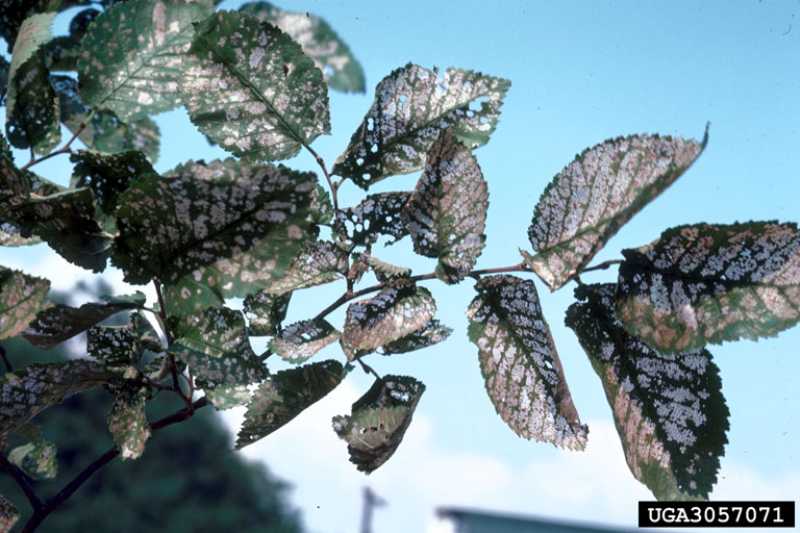elm tree leaves have holes
Elm Beetles eat holes while the larvae skeletonize the leaf leaving the veins and a thin film. It has had this problem for five years.
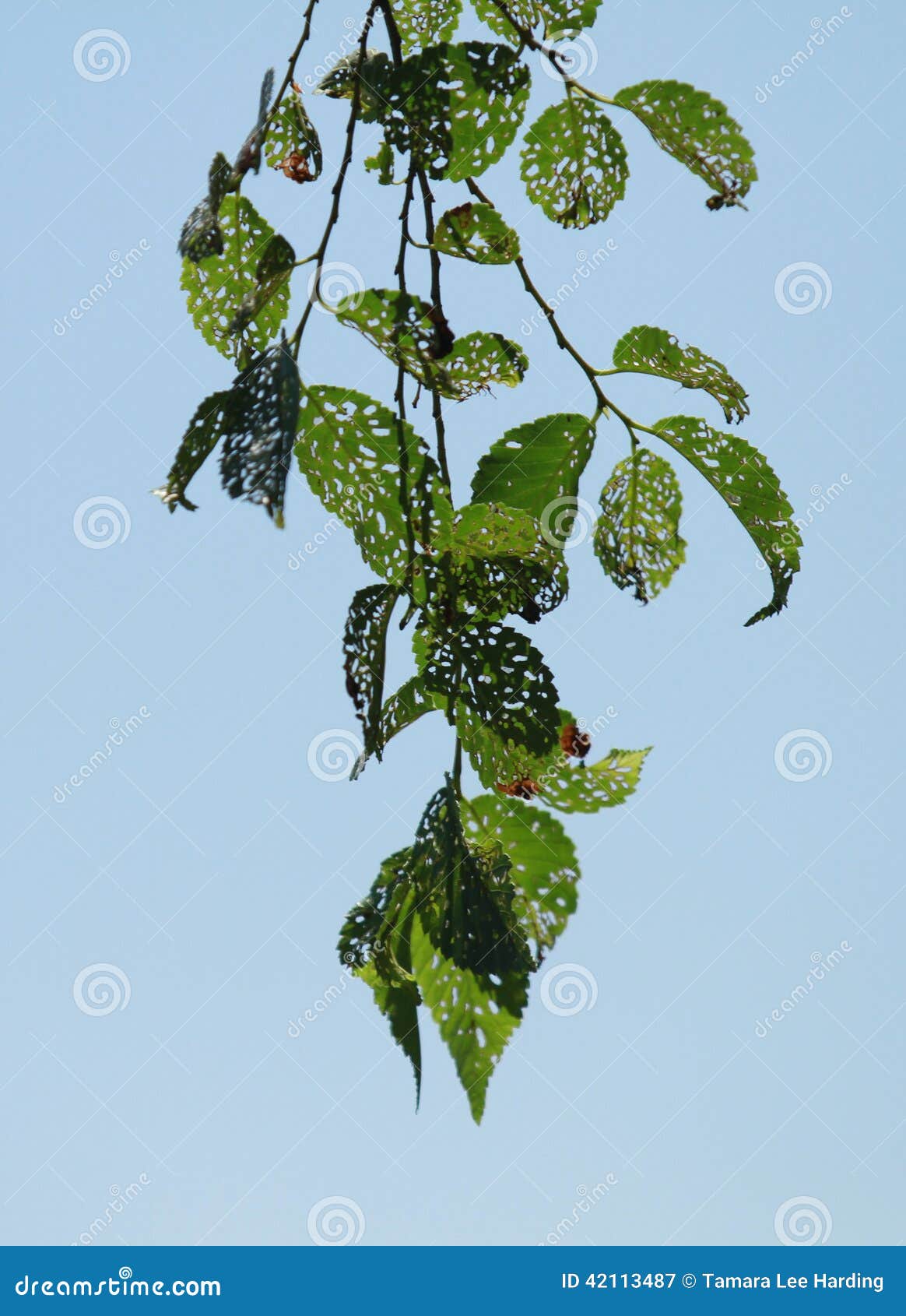
Leaves With Dutch Elm Disease Stock Image Image Of Death Arborist 42113487
Elm lace bugCorythucha ulmi.
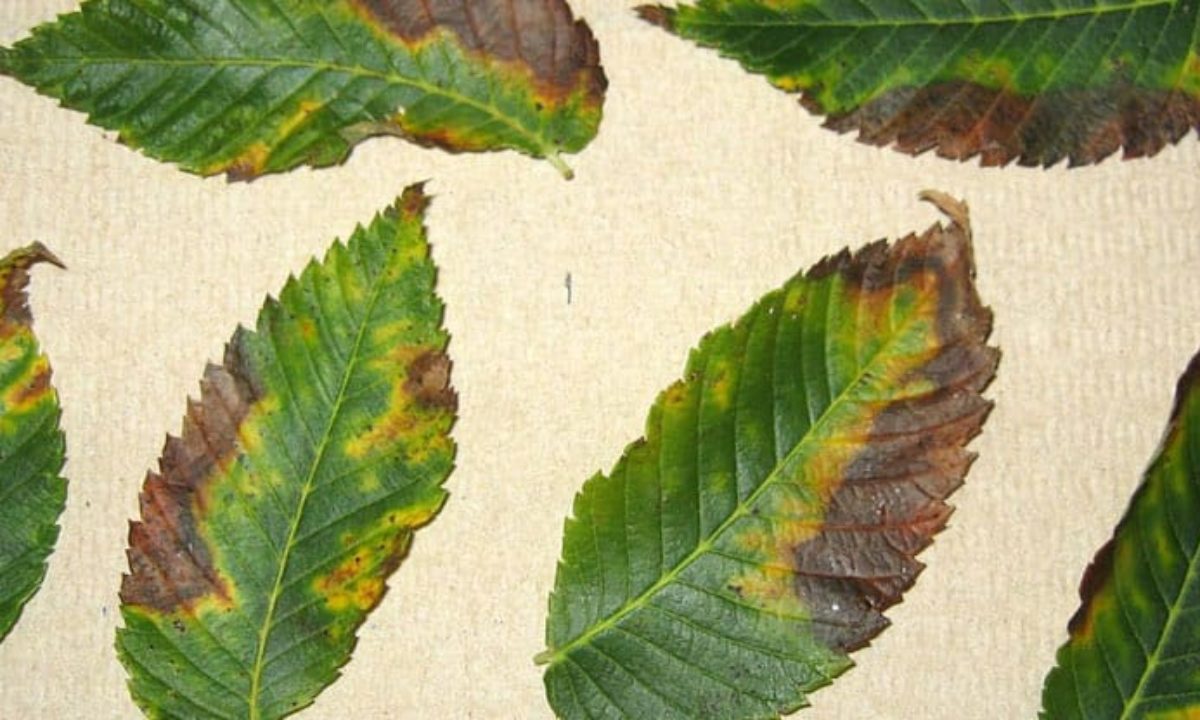
. They hatch producing tiny black larvae that chew little holes in the leaves. Skeletonized plant leaves are but a shadow of themselves with window panes of damage throughout the leaf. The larvae feed on the leaf surface producing skeletonizing injuries that make leaves look lacy.
Once they begin to feed again their color shifts back to a yellow-green. Elm flea weevilOrchestes alni. From a distance the accumulation of holes can give a tree a faded appearance.
I dont see any signs of bugs. The insect certainly did not cause any change in fall coloring on the trees. The reasons for skeletonizing leaves may stem from insect or disease and occasionally chemical injury.
Unless the infestation is so severe as to cause defoliation. Tree a faded appearance. Remaining leaves are riddled with holes have a rusty reddish-brown tint and are likely to drop prematurely.
Woodpeckers create large irregular and rough-edged holes as they peck away at the bark to get to insects including borers underneath. With this disease the bundles of veins in the leaves become clogged so that water cant move within the leaf. Sapsuckers also peck holes in trees but they are smaller uniform in size round and often occur in rows or grids of multiple feeding sites.
These tiny insects lives revolve around elm trees. The main symptoms being reported are leaves that have holes in them and leaves that are dropping prematurely. 95 of the time it is just a cosmetic issue.
An entire stand of trees may experience chemical burn injury which leaves foliage peppered with holes. Adult elm leaf beetles chew holes in elm leaves. This causes the leaf to look scorched.
Adults are brown with black heads black spots on wings long snout 18 inch long. There is no known treatment for elm tree leaf scorch. Needle-like mouthparts cause white or yellow speckled or pinprick discolorations on leaves.
A heavy infestation of the beetles can actually defoliate a tree and multiple years of this will weaken the tree and cause its decline. The leaves are also likely to drop prematurely. Lace bugs are 18 to 14 inch long.
Holes produce by elm flea weevil are less extensive than feeding by Japanese beetles that will begin in a few weeks. Also inspect the trees twigs branches and. If Elm Leaf Beetles have heavily infested your tree youll notice sparse foliage and leaves riddled with holes.
Most of the calls have been coming from folks with Siberian Elms. Look for excrement or honeydew on the leaves. This weeping elm grows to between 15 and 25 ft.
Heavily infested trees have sparse foliage. Heavy feeding can cause severe discoloration and leaf drop. From there look for browning foliage as well as early leaf or needle drop.
Leaves growing on Camperdown elms are broad double-toothed veined and rough to touch. Leaves may also be peppered with holes in early spring and in late summer. However in more severe cases the damage from the beetles can cause leaves to drop from the.
If you think you have beetles or borers act quickly. In early spring female beetles begin laying masses of yellow eggs on the underside of leaves. Recognize the signs of these pests so you can.
The female beetle tunnels into the tree between the bark and the wood and lays its eggs. Adult elm leaf beetles often spend winter in and around buildings and may be common nuisance invaders found within homes during this period. Dutch elm disease is caused by a fungus spread by elm bark beetles.
Also inspect the trees twigs branches and bark for exit holes made by boring insects. By far the most common yard and garden call coming into the Extension office this summer has been homeowners that are concerned about their Elm trees. Round holes in tissue between leaf veins left by elm flea weevil.
The beetles their eggs and their larvae are large enough to be spotted once you start looking for them. Tree-dwelling insects commonly breed on the underside of leaves so look for nymphs or larvae underneath the. The photo of the bugs is too small to be recognizable.
But it is important to know that insects eating holes in leaves is really of no concern to the tree itself. When the eggs hatch the larvae tunnel further into the tree in order to feed before emerging as mature beetles. Insects very often feed on leaves and foliage leaving behind feeding holes on different parts of the trees anatomy.
Bark beetles often leave sawdust or little tubes of sap on the trunk as well. If whole leaf sections are being eaten that is usually possum damage. The holes are in every part of the tree.
In spring the surviving Elm Beetles move to trees when leaves emerge. Are leaves on your elm trees turning brown and have numerous tiny holes in them. Once the beetles grow up they exit the tree leaving a series of tiny holes as proof.
As their name implies sapsuckers feed on tree sap not insects. The most devastating elm tree diseases are Dutch elm disease and elm phloem necrosis. Black dots or specks droppings are on the underside of leaves.
This tree is supposed to be Dutch Elm disease resistant. Adult Elm Leaf Beetles are about 14 inch long. Preferred hosts are Siberian and hybrid elms.
We live in Omaha NE. Adults eat on leaf undersides creating small holes in leaves. They hatch producing tiny black larvae that chew little holes in the leaves.
If you have damage to the leaves of an Elm tree in south eastern Australia particularly Melbourne or Victoria it is most likely to be Elm Leaf Beetle Damage. Leaves that have been skeletonized by Japanese beetles lack distinct rounded holes of elm flea weevil. Long-term damage may result depending on quantity and frequency of.
The elm tree in front of our condo always looks pretty good in the spring but in summer the leaves get holes and start falling off. 45 75 m tall. The insect is an elm leaf beetle and it chews small round holes in elm leaves.
Larvae create blotch mines at tips of leaves. In most cases elm leaf beetles are a nuisance and leave unsightly holes in the leaves of your tree. Larval feeding removes most of the green material from leaves leaving them dry and brown with only the leaf veins remaining.
Camperdown elm tree bark is grey and smoother than that of the English elm and covers a straight upright trunk. The only other symptom I notice is an occasional small growth on leaves that looks like a tumor much smaller than pea sized - these are relatively infrequent though. Ttached is a photo.
Most common are insect pests whose feeding behavior is along the veins of the foliage. Adult feeding causes small circular holes in leaves.
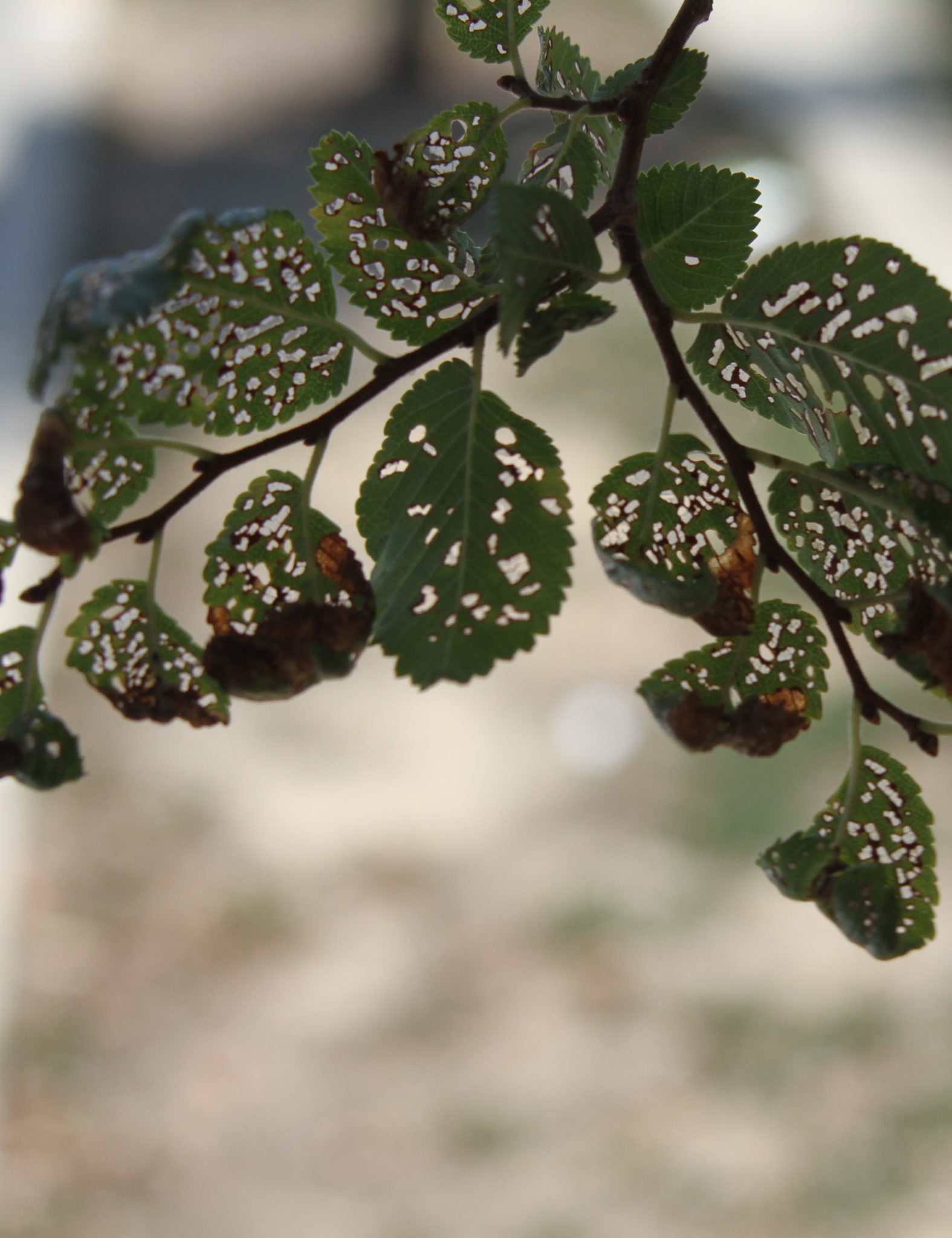
Elm Flea Weevils Shoot Elm Leaves Full Of Holes Purdue Landscape Report
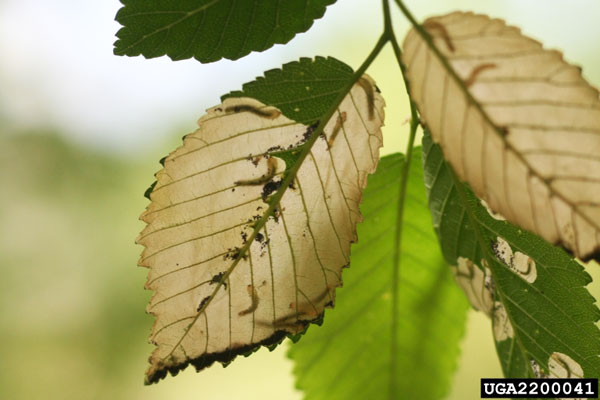
What S Wrong With My Plant Garden University Of Minnesota Extension

Elm Ulmus Elm Leaf Beetle Pacific Northwest Pest Management Handbooks

Brown Dying Or Scorched Tree Leaves Bacterial Leaf Scorch Faqs Organic Plant Care Llc Flemington Nj
We Have An Elm Tree That 262682 Ask Extension
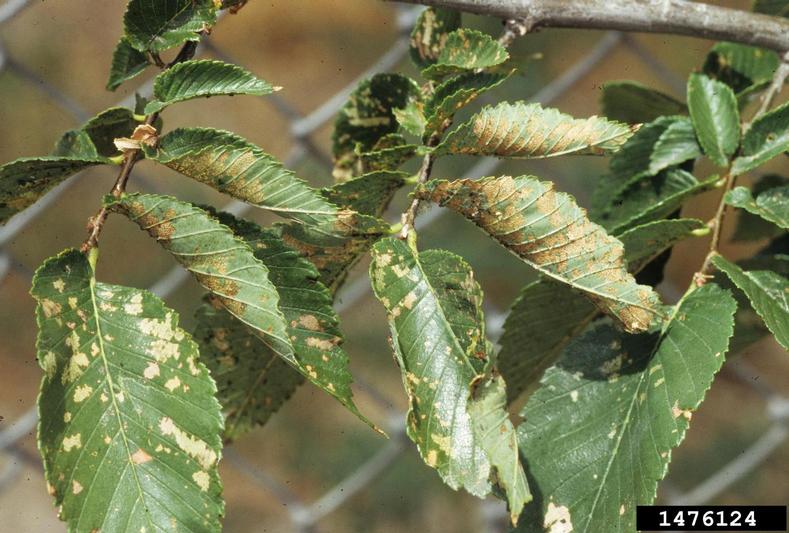
Elm Leaf Beetle School Ipm Usu Extension Usu
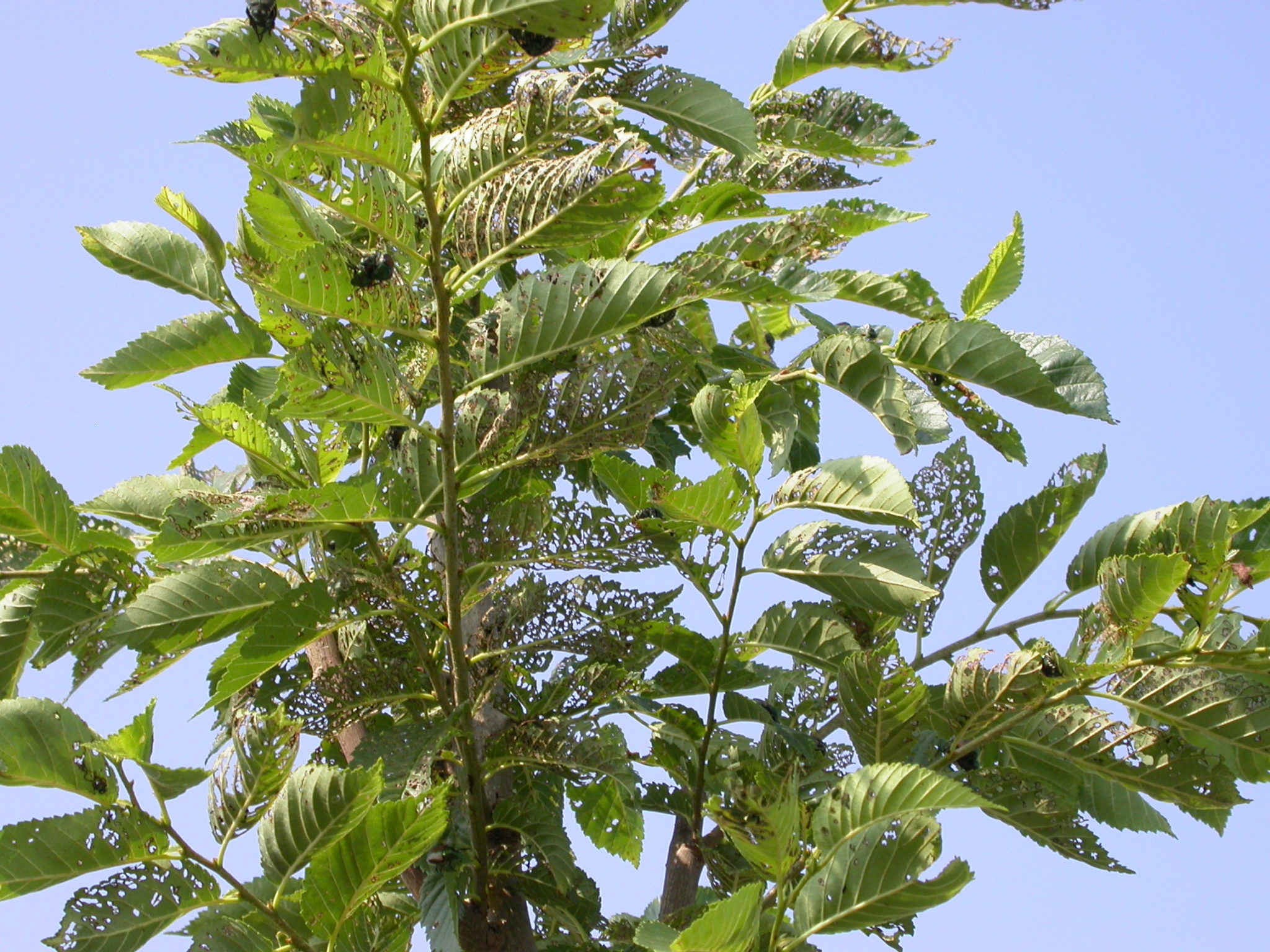
Elm Flea Weevils Shoot Elm Leaves Full Of Holes Purdue Landscape Report
Elm Tree Problems Hort Coco Uc Master Gardener Program Of Contra Costa Anr Blogs
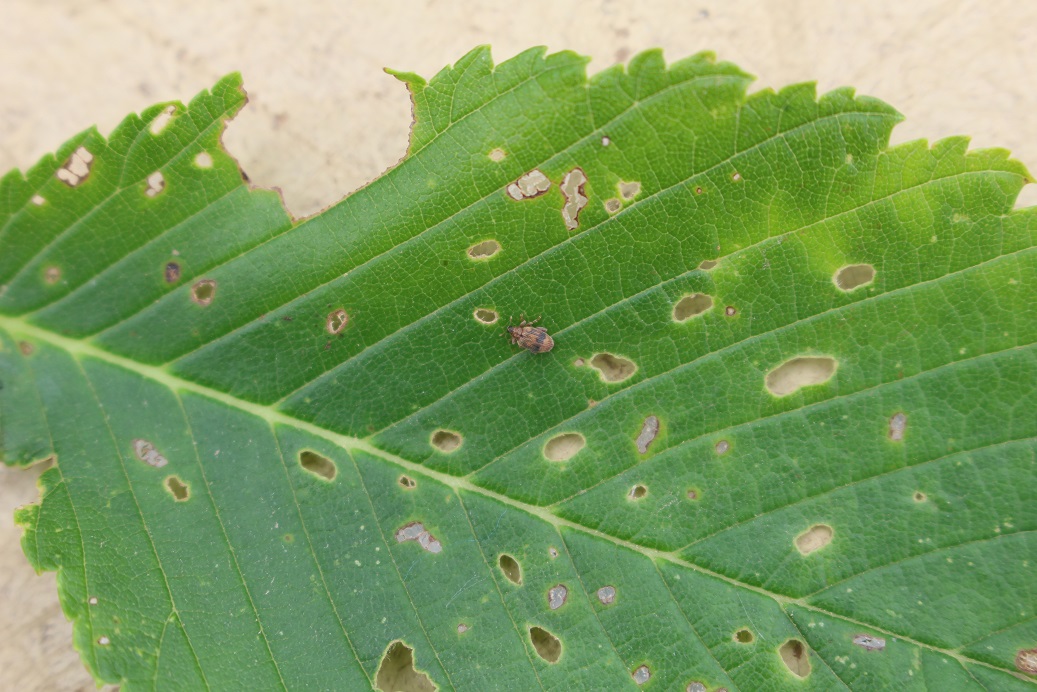
European Elm Flea Weevil Extension Entomology
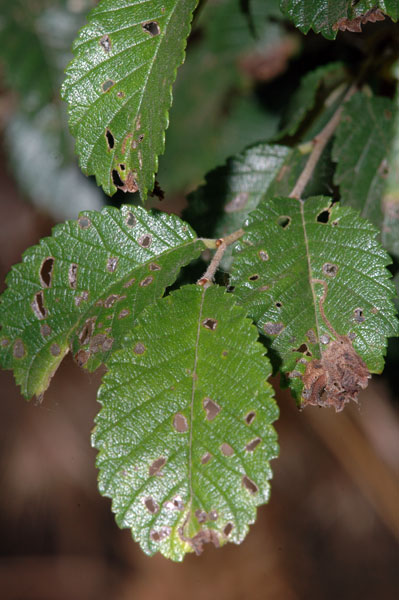
What S Wrong With My Plant Garden University Of Minnesota Extension
Elm Leaf Beetle Treatment Faq Frequently Asked Questions On Elms Treetec
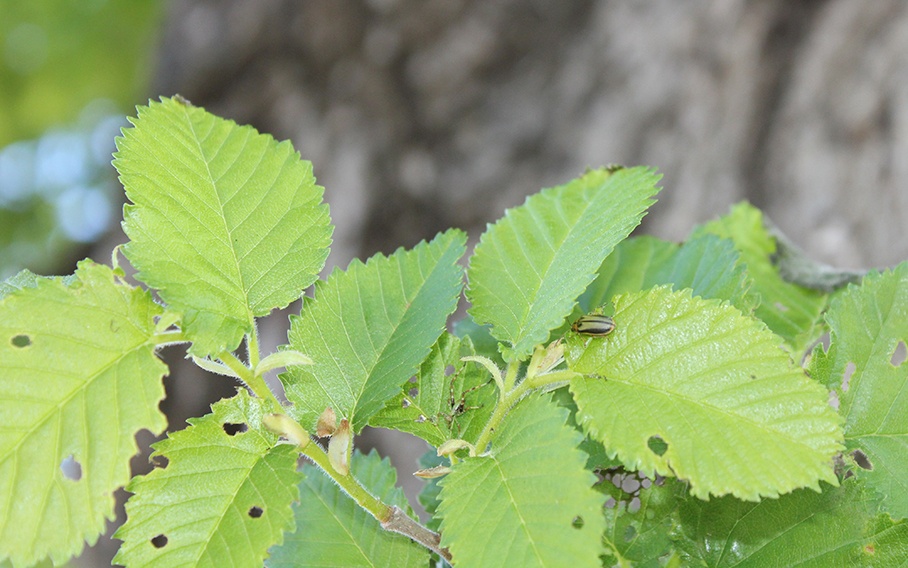
Arborco The Tree Care Experts Elm Leaf Beetle

American Elm Pests And Host Preference Studies Bygl
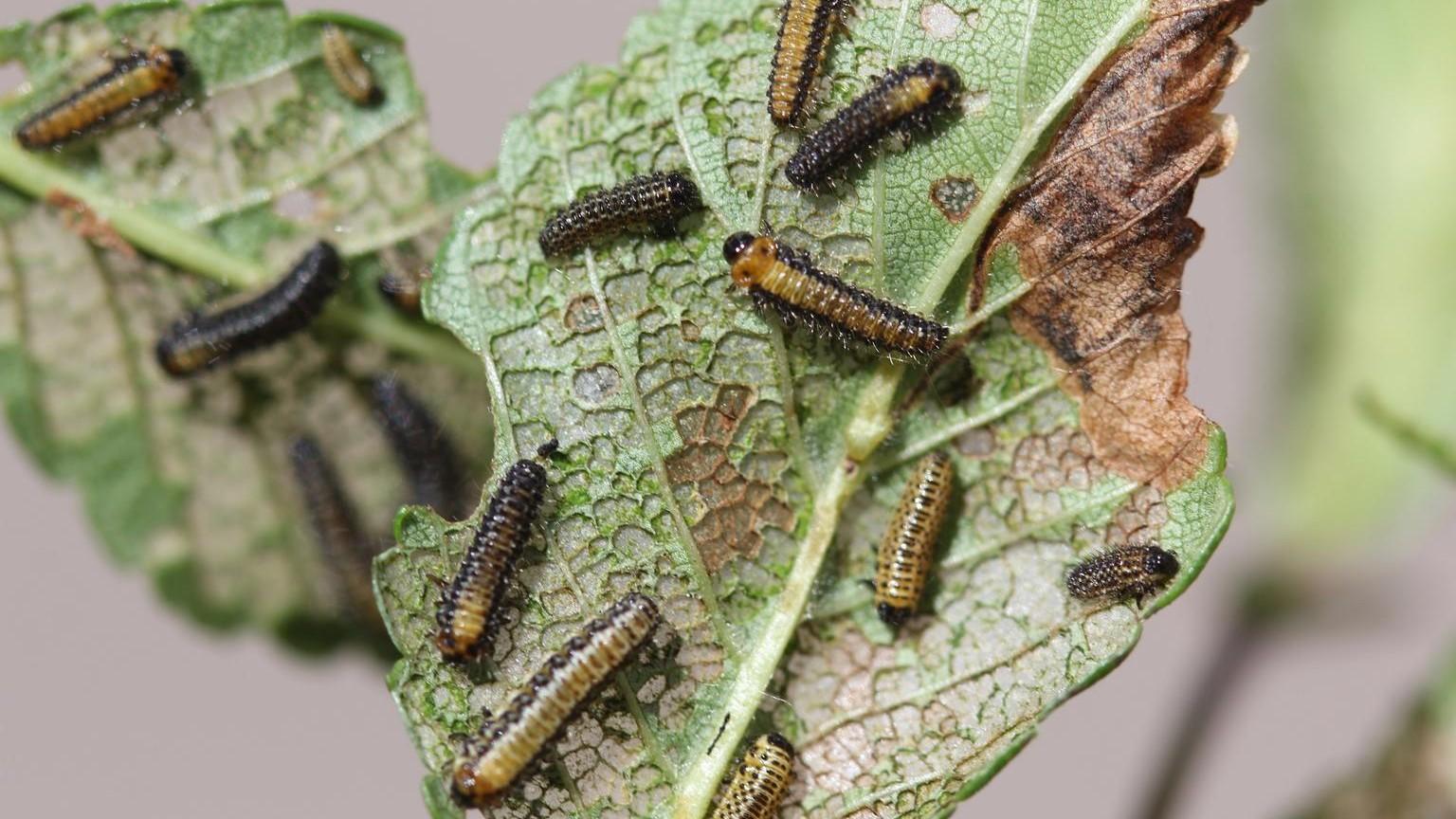
Elm Leaf Beetle University Of Maryland Extension
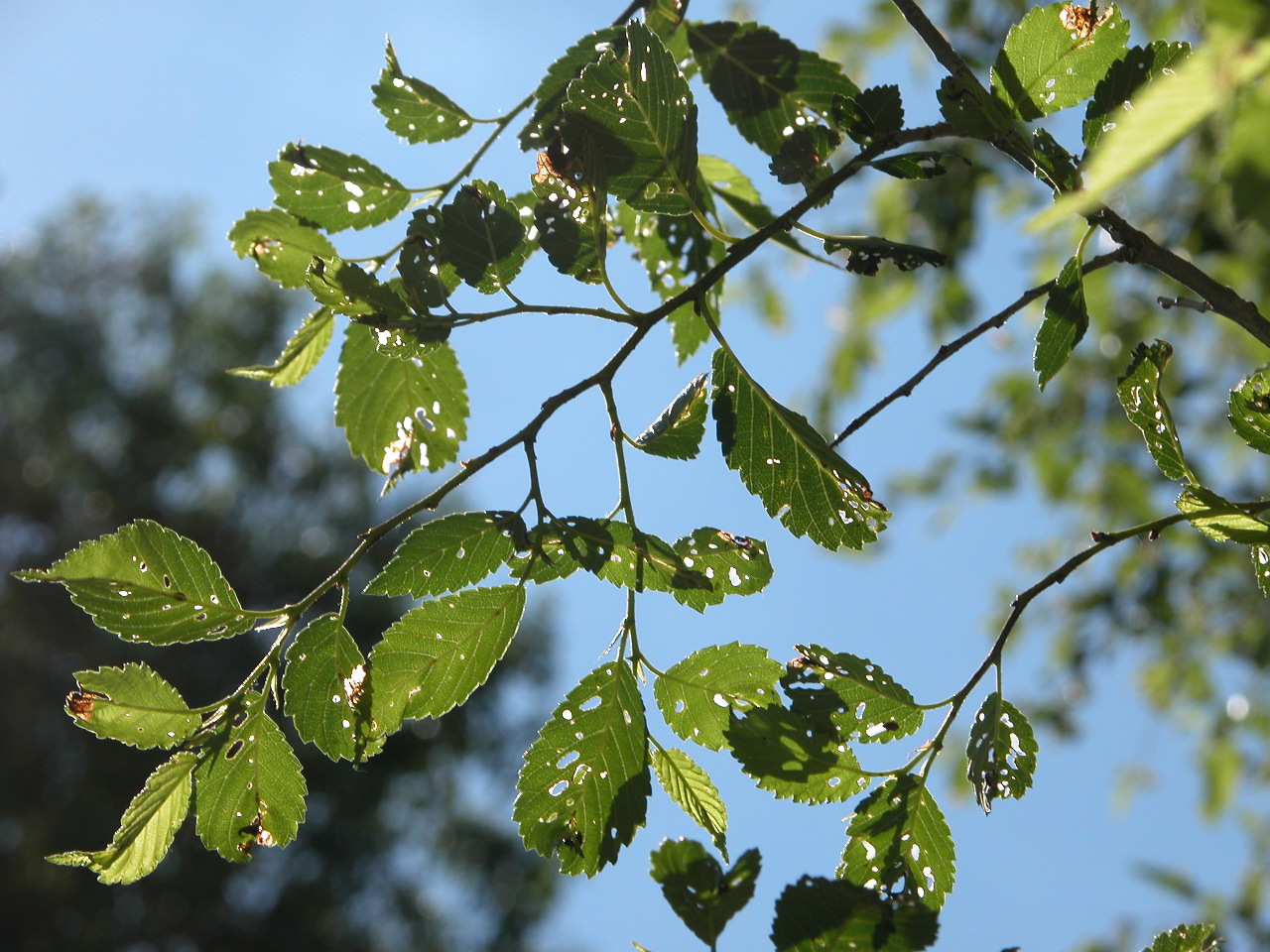
Elm Flea Weevils Shoot Elm Leaves Full Of Holes Purdue Landscape Report
Treating Elm Leaf Beetle Gold Leaf Tree Services
Elm Leaf Beetle Treatment Faq Frequently Asked Questions On Elms Treetec
